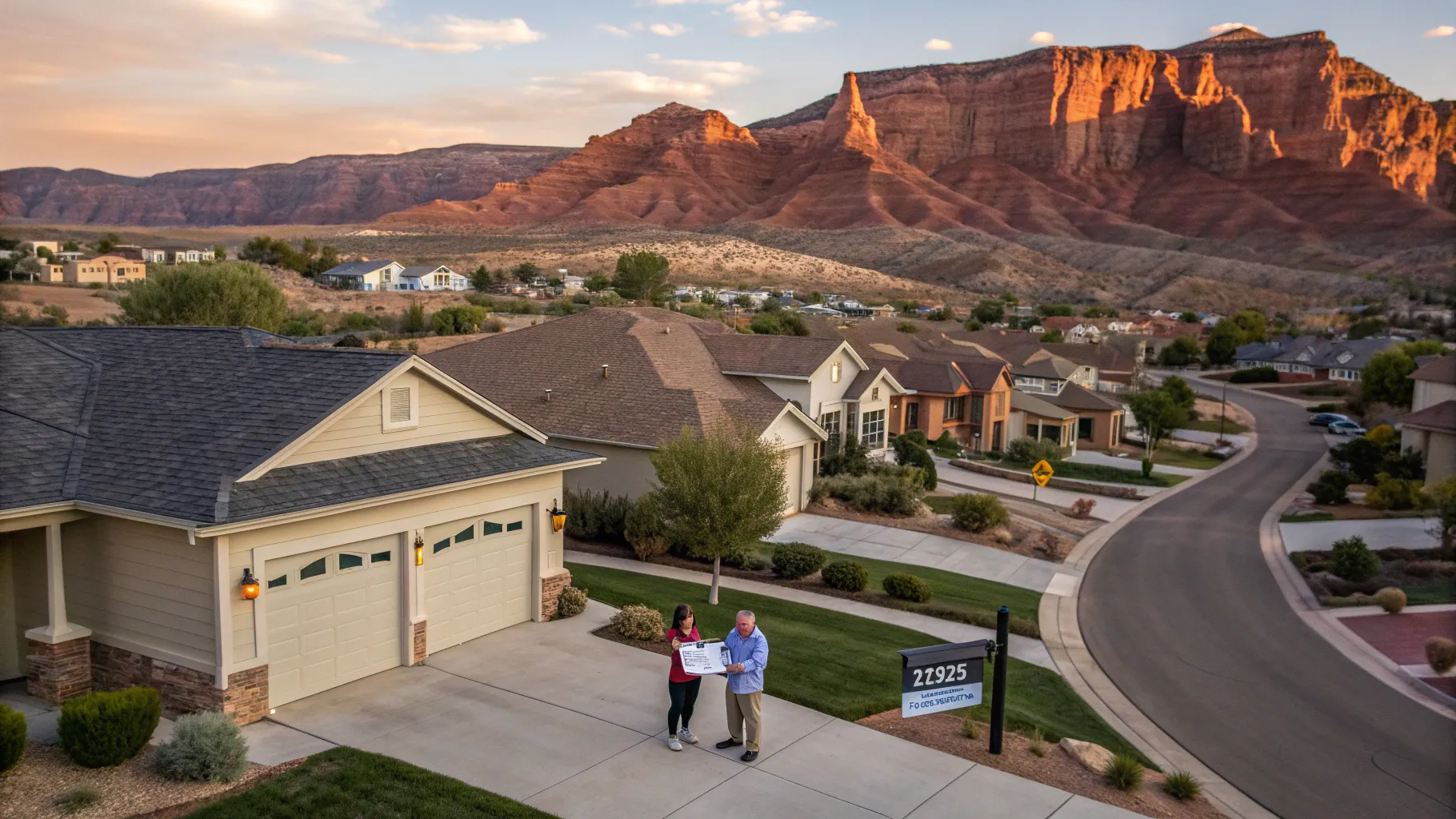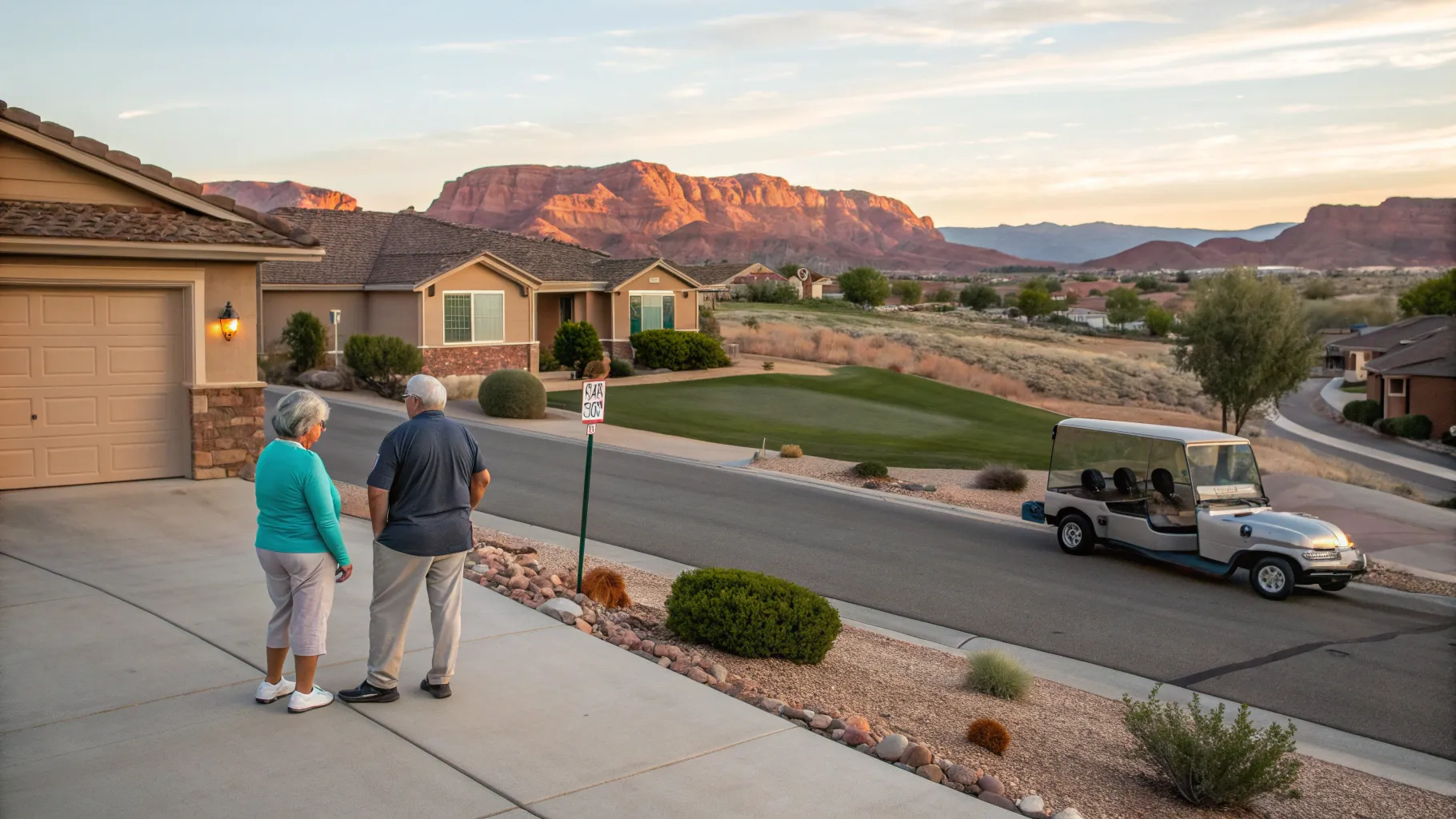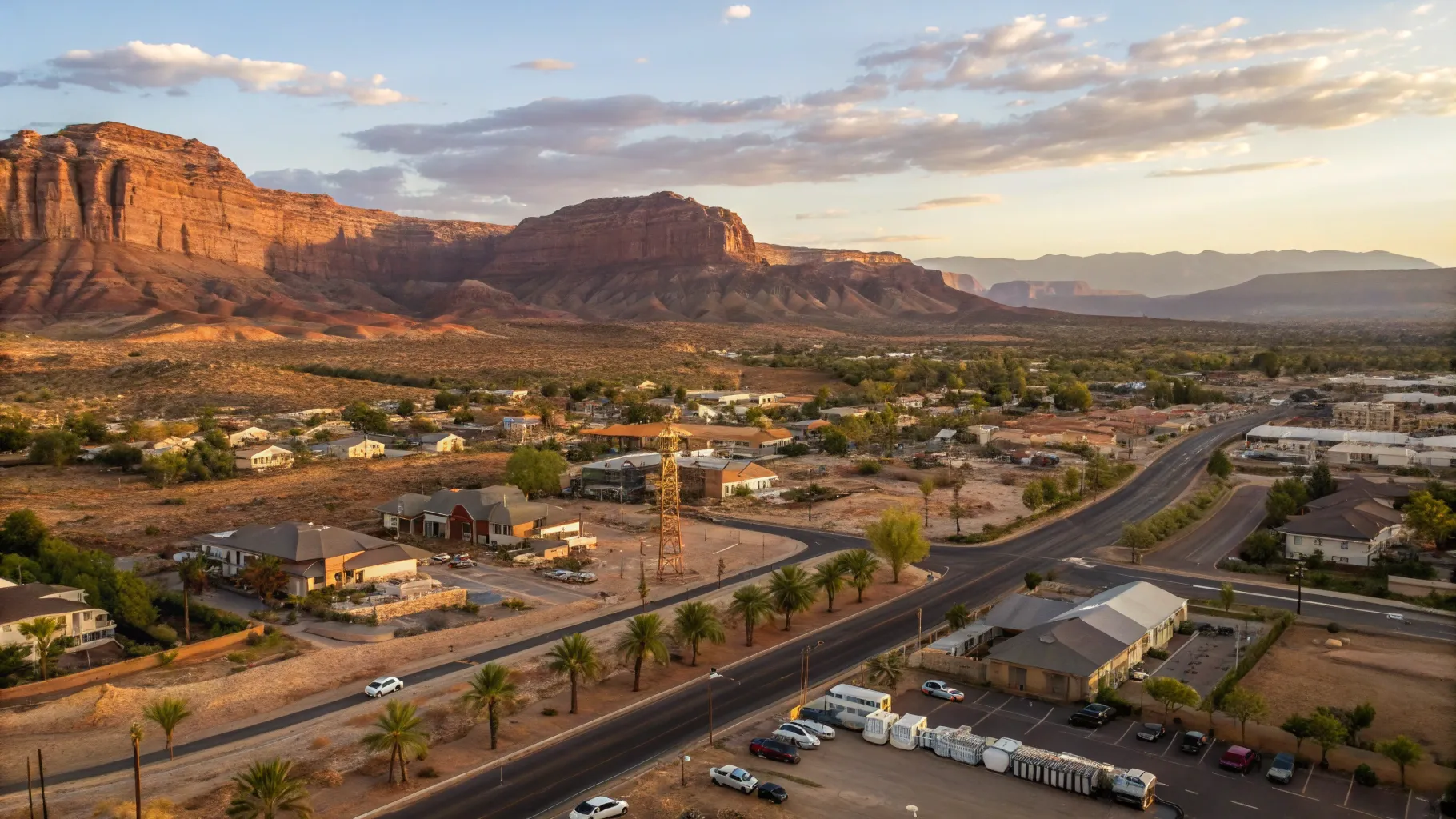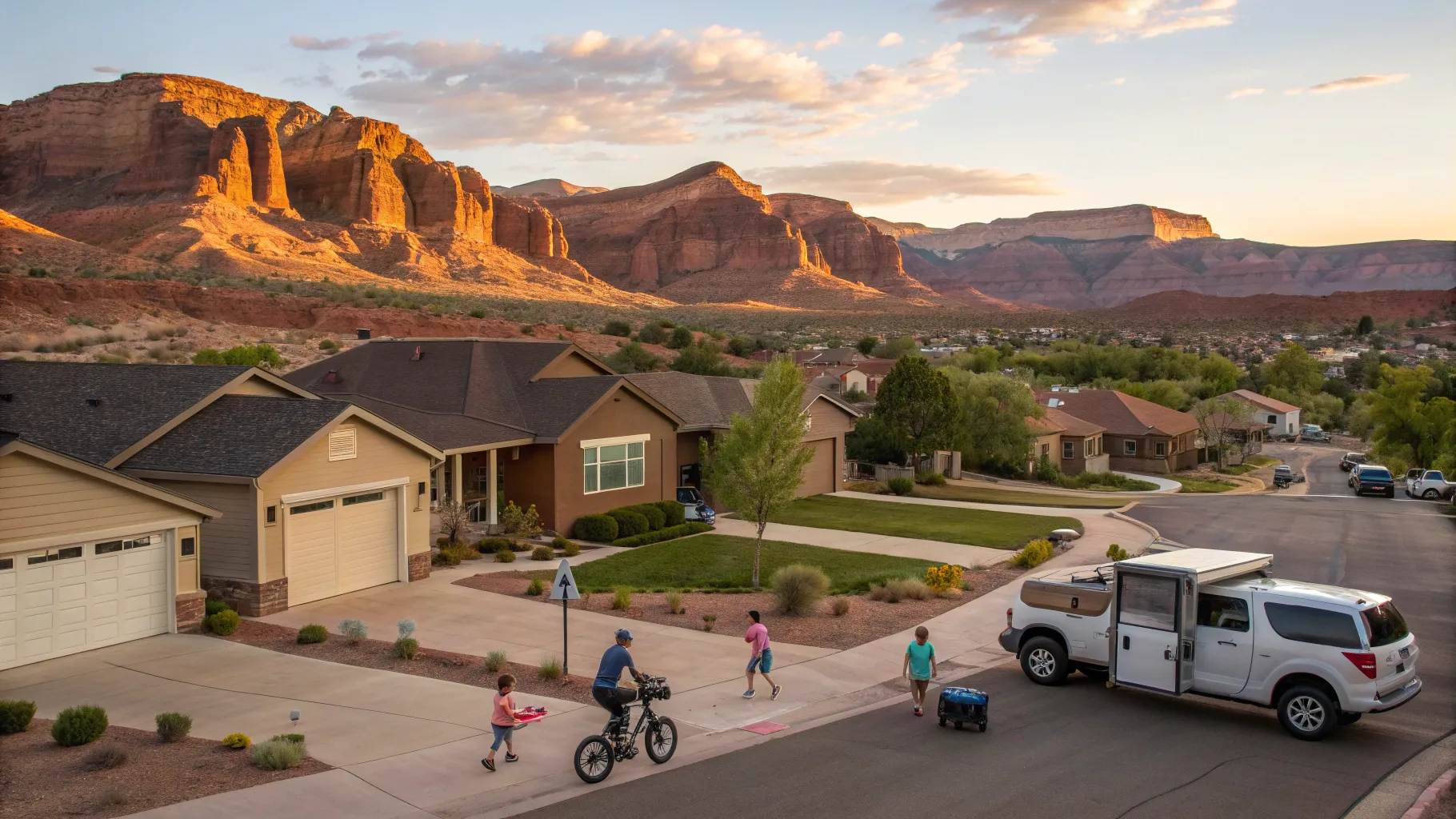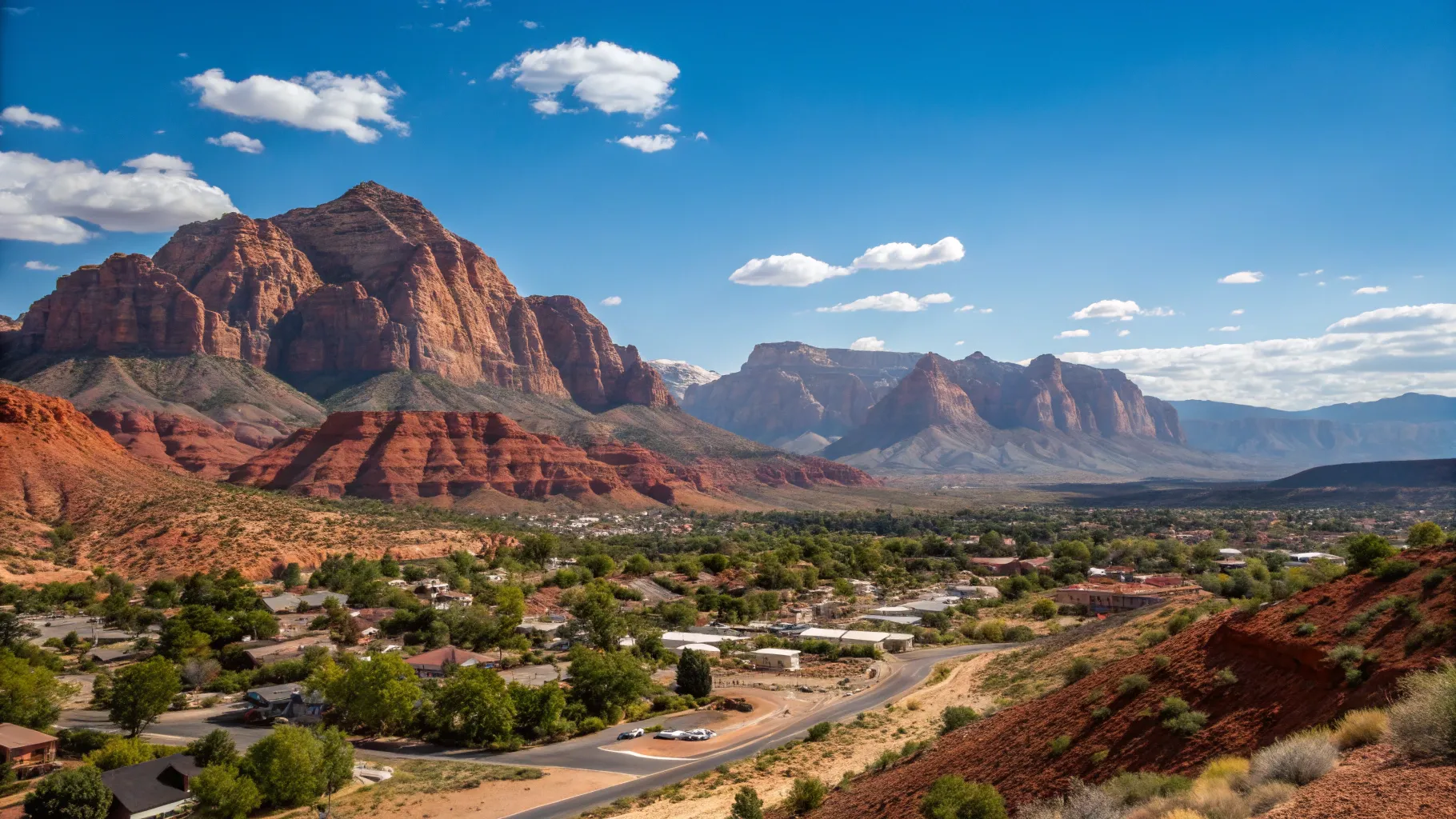
St George, Utah, with its stunning red rock landscapes, abundant sunshine, and comparatively low taxes, has become a popular destination for retirees, remote workers, and families seeking a slower pace of life. However, beneath the postcard-perfect surface lie important realities that prospective residents must understand to avoid surprises. From the intense summer heat to the evolving cost of living, limited job opportunities, and the unique social fabric of the community, these factors significantly impact life in St George. This article explores four crucial truths about moving to St George, providing a comprehensive perspective for anyone considering making this vibrant city their new home.
1. The Intense Summer Heat and Its Implications
The summer climate in St George is one of the most defining features—and challenges—of living in this desert city. Temperatures frequently soar between 105°F and 112°F during the peak summer months, often offering little relief even at night. Although the heat is dry, it still severely limits daytime outdoor activities and contributes to poor air quality through wildfire smoke and ozone spikes.
For pet owners, particularly those with dogs, this heat necessitates early morning routines. From mid-May to late September, dog walks and visits to dog parks must occur before sunrise to avoid dangerous conditions for dogs, especially short-nosed breeds like bulldogs that cannot cool down efficiently once temperatures rise above 70°F, typically by 5:30 AM.
Homeowners must also consider the impact of extreme heat on their HVAC systems. Regular inspections and maintenance of air conditioning units are critical to prevent breakdowns during the hottest months. Older HVAC systems may no longer meet EPA standards or have manufacturer support, meaning repairs can be costly—sometimes upwards of $10,000 to $15,000 for a full system replacement. Additionally, HVAC service calls during peak summer can have long wait times of 24 to 48 hours, which can be unbearable without AC in August.
Vehicle owners face their own challenges. St George’s dry climate preserves classic cars from rust, but the intense sun causes fading paint, hot interiors, and places extra strain on automotive systems. Window tinting is highly recommended to reduce interior heat and protect occupants from the relentless sun, with potential added costs of $300 to $500 per vehicle if windows are not already tinted.
- Visit St George in July or August to experience the real summer conditions before relocating.
- Schedule outdoor activities early in the morning or after sunset.
- Incorporate smart landscaping and heat-mitigating home designs.
- Prioritize buying homes with newer HVAC systems and schedule regular AC tune-ups.
- Consider planning vacations during the hottest months, possibly heading north to higher elevations for cooler respite.
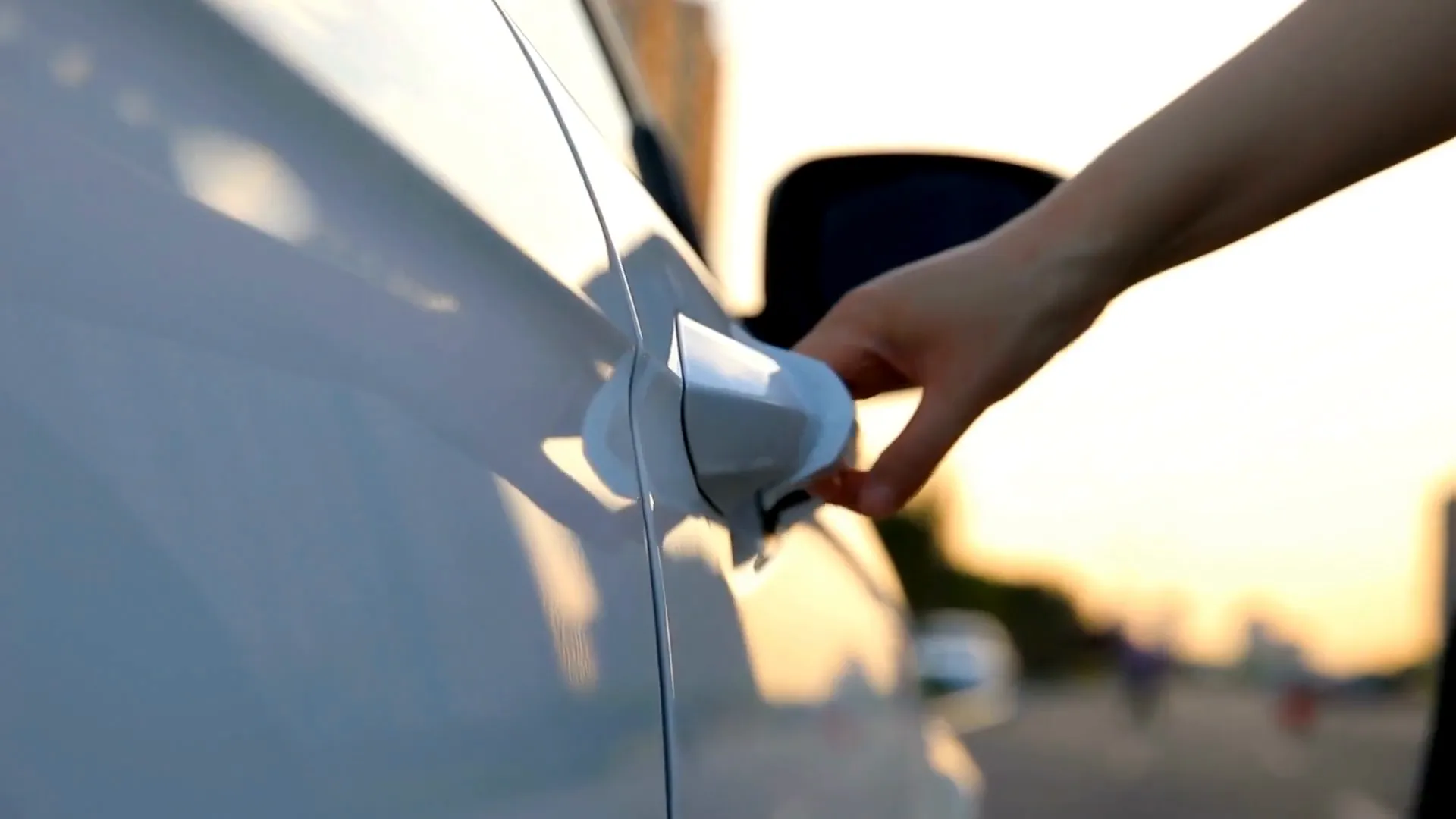
2. The Changing Cost of Living and Housing Market
St George’s reputation as an affordable alternative is evolving as housing prices have surged dramatically since 2020. Limited rental availability has driven rents higher, and many new developments include homeowners association (HOA) fees that add to monthly expenses. Despite relatively low property taxes, rising property values are beginning to increase tax bills.
Explore Utah Real Estate
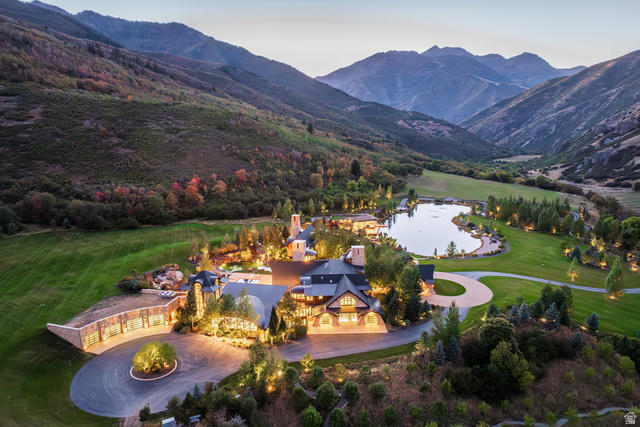
5618 E SOUTH FORK RD, Provo, UT
$43,000,000
Bedrooms: 6 Bathrooms: 10 Square feet: 22,958 sqft
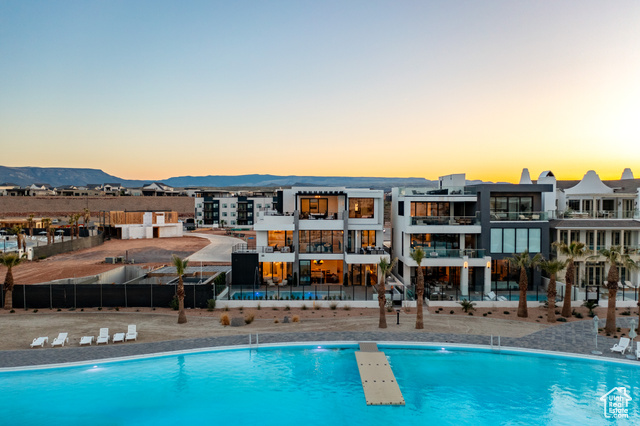
864 W SAPPHIRE SKY LN #546, St George, UT
$4,300,000
Bedrooms: 7 Bathrooms: 9 Square feet: 5,136 sqft
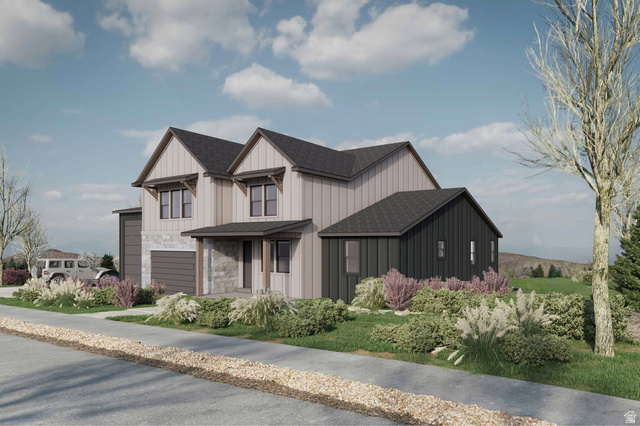
850 LAZY WAY #8, Francis, UT
$1,300,000
Bedrooms: 4 Bathrooms: 4 Square feet: 2,755 sqft
While newcomers from expensive metropolitan areas may still find St George affordable compared to their previous homes, locals are increasingly feeling financial pressure. To avoid costly mistakes, prospective buyers should analyze real mortgage quotes, HOA fees, and utility bills before purchasing. Working with experienced agents who understand the true market value rather than inflated hype is essential.
For those seeking more affordable options, nearby towns such as Hurricane, La Verkin, Ivins, and Santa Clara offer greater homebuying power. These areas provide opportunities to stretch your dollar further while remaining within commuting distance of St George.
Investors or retirees should also adopt conservative expectations regarding property appreciation, recognizing that the decade-long rally in home prices cannot continue indefinitely.
3. Limited Job Opportunities and Economic Landscape
St George’s economy is relatively small and heavily reliant on industries such as healthcare, education, tourism, and construction. Wages, especially in service sectors, tend to be lower than national averages. Many specialized or professional roles found in larger cities are scarce here, which presents challenges for those who are not retired or unable to work remotely.
However, the area supports a thriving small business community. Entrepreneurs willing to navigate local demand and competition can find success, though saturation exists in some sectors like real estate and pest control. Prospective residents should secure employment before relocating and carefully research internet providers and commuting options if working outside the home.
Seasonal fluctuations and lower wages characterize tourism and service jobs, so reliance on these sectors requires flexibility and acceptance of economic variability.
More Properties You Might Like
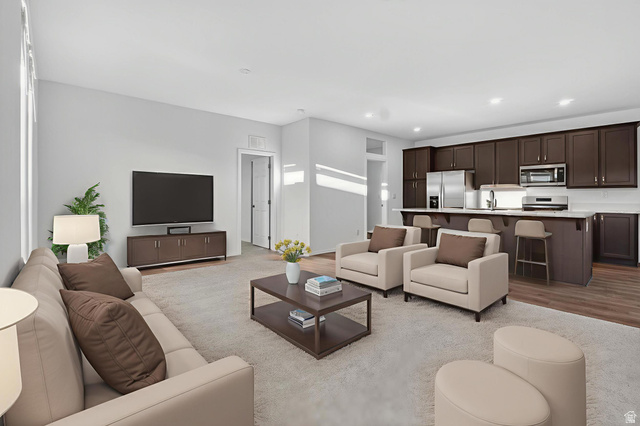
1700 W 2700 N #36, Pleasant View, UT
$230,000
Bedrooms: 4 Bathrooms: 2 Square feet: 2,100 sqft
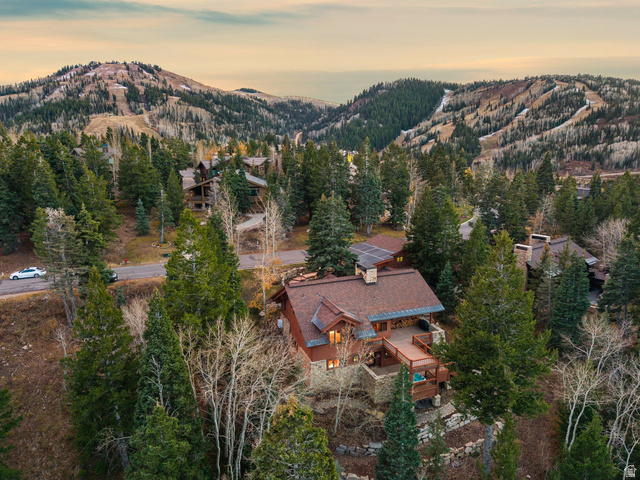
7665 STERLING DR, Park City, UT
$6,100,000
Bedrooms: 5 Bathrooms: 6 Square feet: 4,975 sqft

La Casa Cir, St George, UT
$575,500
Square feet: 14,391 sqft

4. Navigating Social Integration in a Tight-Knit, Conservative Community
St George is known for its close-knit and predominantly conservative community. Recent migration trends have brought many newcomers from large progressive cities, which sometimes creates cultural and political tensions. While extremes on either end of the political spectrum can lead to friction, the overall community values family, spirituality, and a slower pace of life.
Social integration can be challenging, especially for those moving without existing family or friend networks. However, opportunities abound for building connections:
- Joining local hiking, fitness, or interest-based groups, many of which have active Facebook communities.
- Participating in homeowners association events or neighborhood gatherings.
- Stepping outside comfort zones to meet new people and embrace local traditions.
Despite political and religious differences, neighbors often prioritize respectful coexistence and community well-being. Embracing St George’s unique qualities—family values, outdoor lifestyle, and slower pace—can help new residents find their place and build lasting relationships.
Conclusion
Relocating to St George, Utah, offers many appealing benefits, but it is essential to approach the move with a clear understanding of the challenges and realities. The intense summer heat, rising cost of living, limited job market, and social dynamics all influence the quality of life in this desert city. Prospective residents should conduct thorough research, plan for seasonal weather extremes, and actively engage in the community to ensure a successful transition.
For those seeking detailed guidance on Southern Utah real estate and lifestyle, resources such as Best Utah Real Estate provide valuable market insights and listings to help navigate this dynamic region.
Frequently Asked Questions
What is the best time to visit St George to experience its climate?
The peak summer months of July and August are the hottest, with temperatures regularly exceeding 105°F. Visiting during this time offers the most realistic experience of the summer climate.
Are housing prices in St George affordable compared to other cities?
While still more affordable than many large cities, housing prices in St George have surged since 2020. Nearby towns like Hurricane and Santa Clara may offer more affordable options.
What industries dominate the job market in St George?
Healthcare, education, tourism, and construction are the primary industries. Wages tend to be lower than national averages, and many specialized roles are limited.
How can newcomers integrate socially in St George?
Joining local interest groups, participating in neighborhood events, and engaging with community organizations are effective ways to build social connections.
Is the summer heat dangerous for pets?
Yes, especially for short-nosed breeds. Dog walks and outdoor activities for pets should be scheduled early in the morning to avoid the extreme heat.










